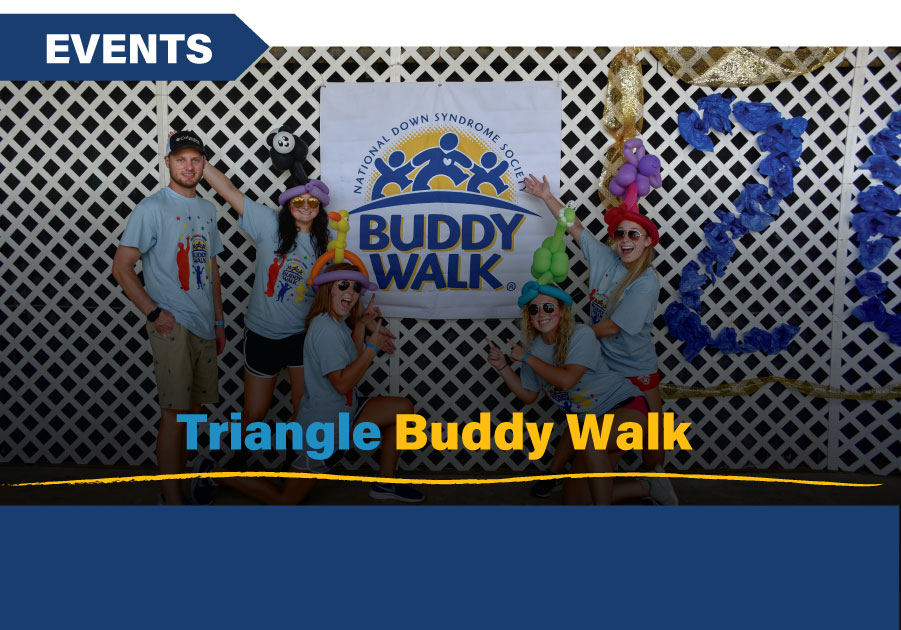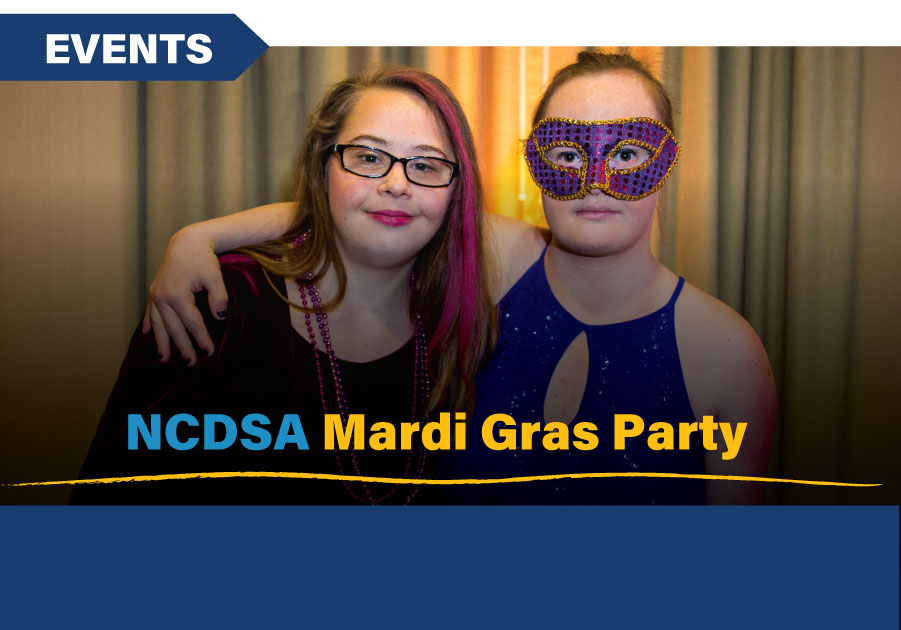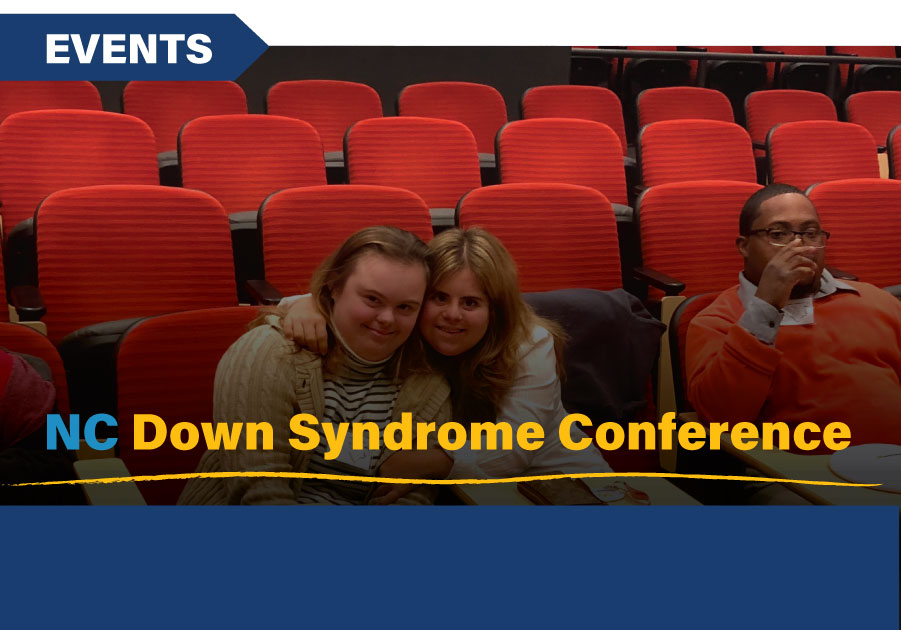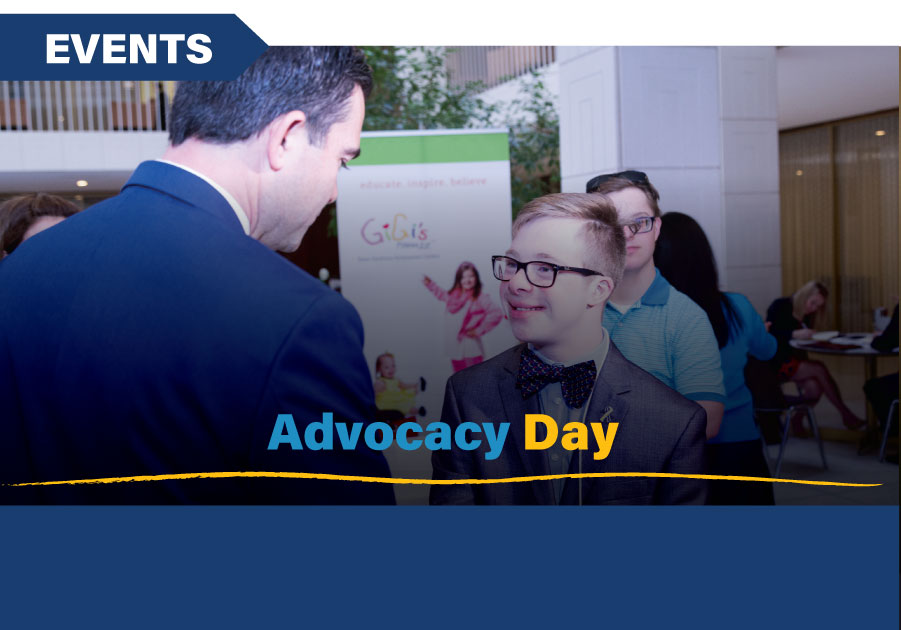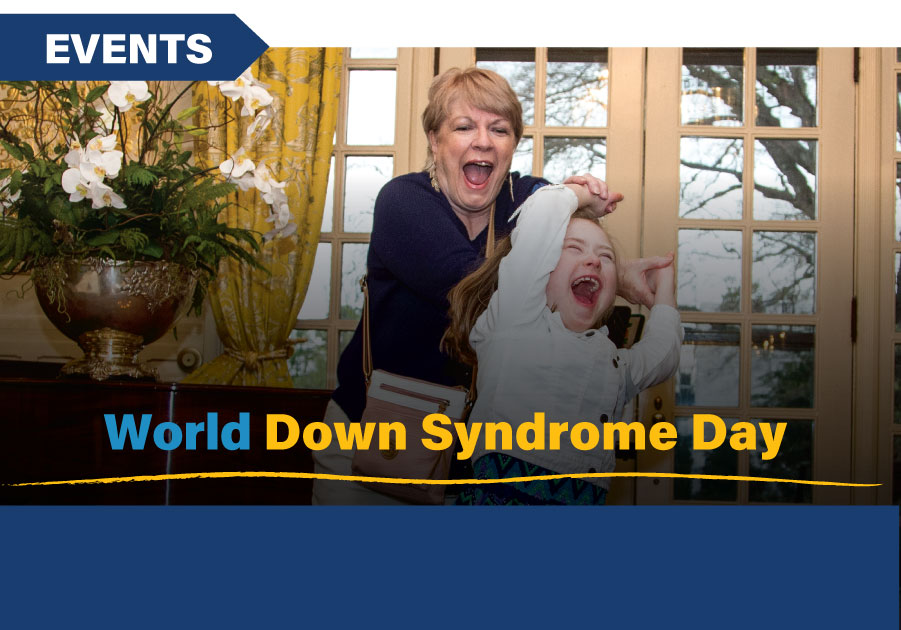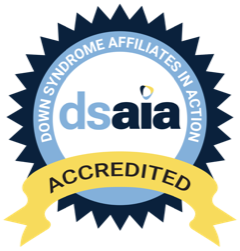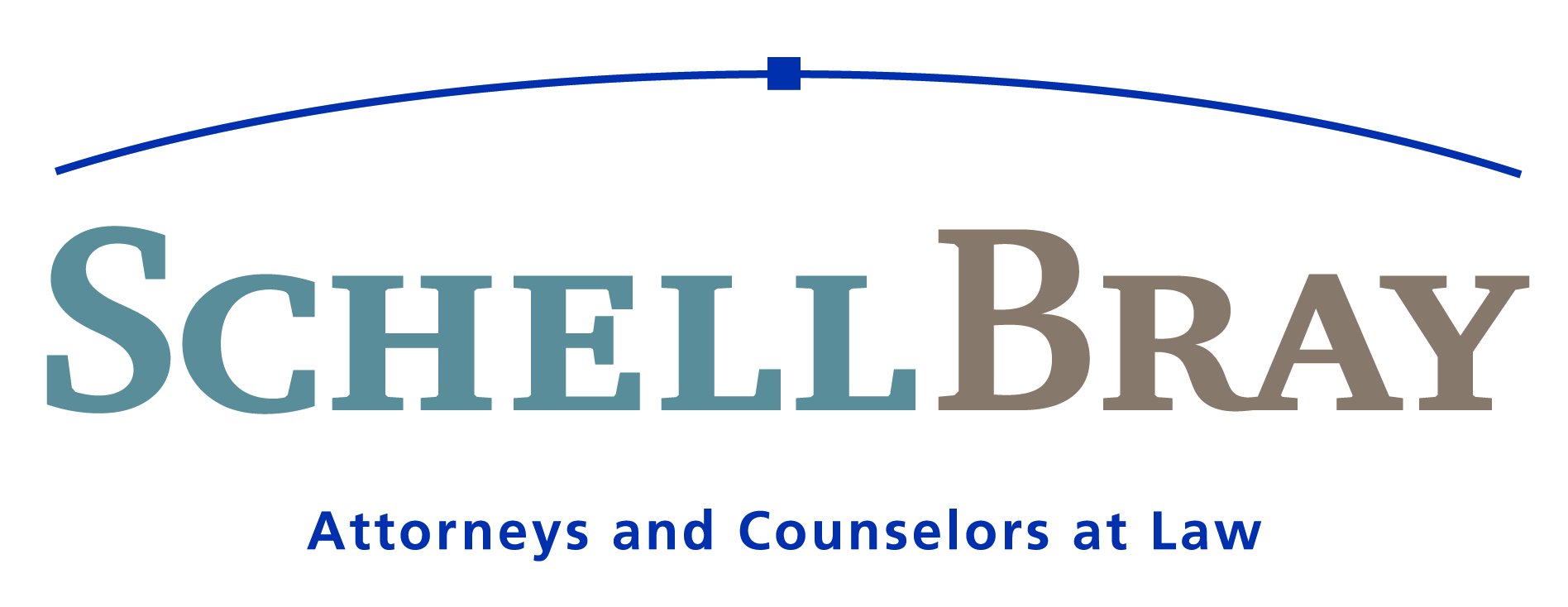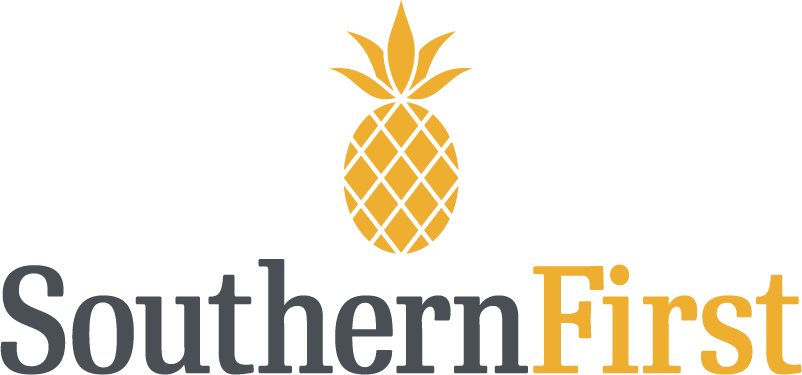What is Down Syndrome?
Down syndrome is the most common chromosomal condition in the United State and approximately one in every 700 babies or 6,000 babies a years are born with Down syndrome in the United States.
Down syndrome occurs when an individual has a full or partial extra copy of chromosome 21 which alters the course of development and causes the characteristics associated with Down syndrome. Each person with Down syndrome is a unique individual and may possess its characteristics to different degrees, such as low muscle tone, small stature and mild to moderate cognitive delays.
In today’s world, individuals with Down syndrome are becoming increasingly integrated into society and community organizations, such as school, health care systems, work forces, and social and recreational activities. With recent advancements in clinical treatment, most particularly corrective heart surgeries, as many as 80% of adults with Down syndrome reach age 60 and many live even longer.
More and more Americans are interacting with individuals with Down syndrome, increasing the need for widespread public education and acceptance.
Common Misconceptions About Down Syndrome
According to the National Down Syndrome Society, there are still many misconceptions about Down syndrome and those who have it. This guide dispels some of the common myths about Down syndrome.
MYTH: Down syndrome is a rare disorder.
TRUTH: Down syndrome is the most commonly occurring chromosomal condition. Approximately one in every 700 babies in the United States is born with Down syndrome, or around 6,000 births per year.
MYTH: Down syndrome is hereditary and runs in families.
TRUTH: Translocation, a type of Down syndrome that accounts for 3 to 4% of all cases, is the only type of Down syndrome known to have a hereditary component. Of those, one third (or 1% of all cases of Down syndrome) are hereditary.
MYTH: Most children with Down syndrome are born to older parents.
TRUTH: Most children with Down syndrome are born to women younger than 35 years old simply because younger women have more children. However, the likelihood of having a child with Down syndrome increases with the age of the mother, especially after age 35.
MYTH: Parents will not find community support in bringing up their child with Down syndrome.
TRUTH: In almost every community of the United States there are parent support groups and other community organizations directly involved in providing services to families of individuals with Down syndrome. You can find a list of groups at http://www.ndss.org/Resources/Local-Support
MYTH: All people with Down syndrome have a severe cognitive disability.
TRUTH: Most people with Down syndrome have a mild to moderate cognitive disability, or intellectual disability. This is not indicative of the many strengths and talents that each individual possesses. Be considerate of the extra time it might take a person who has a disability to get things done or said.
MYTH: People with Down syndrome are always sick.
TRUTH: Though people with Down syndrome are at an increased risk for certain medical conditions such as congenital heart defects, respiratory and hearing problems, and thyroid conditions, advances in health care and treatment of these conditions have allowed for most individuals with Down syndrome to lead healthy lives.
MYTH: Scientists know everything there is to know about Down syndrome.
TRUTH: Though we know that an extra full or partial copy of chromosome 21 causes the characteristics of Down syndrome, researchers are making great strides in identifying how individual genes on chromosome 21 affect a person with Down syndrome. Scientists now feel strongly that it will be possible to improve, correct or prevent many of the problems associated with Down syndrome in the future.
MYTH: Segregated special education programs are the only option for students with Down syndrome.
TRUTH: Students with Down syndrome are included in typical academic classrooms in schools across the country. The current trend in education is for full inclusion in social and educational settings. Sometimes students with Down syndrome are included in specific courses, while in other situations students are fully included in the typical classroom for all subjects. Increasingly, individuals with Down syndrome graduate from high school with diplomas and participate in post secondary academic and college programs.
MYTH: People with Down syndrome cannot be active members of their community.
TRUTH: People with Down syndrome are active participants in educational, social and recreational activities. They are included in the typical education system and take part in sports, music, art programs and any other activities in the community. People with Down syndrome are valued members of their families and communities, and make meaningful contributions to society.
MYTH: People with Down syndrome are always happy.
TRUTH: People with Down syndrome have feelings just like anyone else. They experience the full range of emotions. They respond to positive expressions of friendship and are hurt and upset by inconsiderate behavior.
MYTH: Adults with Down syndrome are the same as children with Down syndrome.
TRUTH: Adults with Down syndrome are not children, and should not be considered children. They enjoy activities and companionship with other adults, and have similar needs and feelings as their typical peers.
MYTH: Adults with Down syndrome are unable to form close interpersonal relationships leading to marriage.
TRUTH: People with Down syndrome socialize and have meaningful friendships. Some choose to date, maintain ongoing relationships and marry.
MYTH: Adults with Down syndrome are unemployable.
TRUTH: Businesses employ adults with Down syndrome for a variety of positions – in banks, corporations, hotels, hospitals, nursing homes, offices and restaurants. They work in the music and entertainment industry, in clerical positions, childcare, the sports field and the computer industry, to name a few. Like anybody else, people with Down syndrome want to have a job where their work will be valued.
MYTH: It is ok to use the “r-word” if you don’t really mean it.
TRUTH: It is never acceptable to use the word “retarded” in any derogatory context. Using this word is hurtful and suggests that people with disabilities are not competent. This information courtesy of National Down Syndrome Society.
This information courtesy of National Down Syndrome Society.
Preferred Language Guide
When referring to people who have Down syndrome or to Down syndrome verbally or in writing, follow these guidelines:
- People with Down syndrome should always be referred to as people first.
Instead of “a Down syndrome child,” it should be “a child with Down syndrome.” Also avoid “Down’s child” and describing the condition as “Down’s,” as in, “He has Down’s.” - Down syndrome is a condition or a syndrome, not a disease.
- People “have” Down syndrome, they do not “suffer from” it and are not “afflicted by” it.
- “Typically developing” or “typical” is preferred over “normal.”
- “Intellectual disability” or “cognitive disability” has replaced “mental retardation” as the appropriate term.
- NDSS strongly condemns the use of the word “retarded” in any derogatory context. Using this word is hurtful and suggests that people with disabilities are not competent.
Down vs. Down’s
- NDSS uses the preferred spelling, Down syndrome, rather than Down’s syndrome.
- Down syndrome is named for the English physician John Langdon Down, who characterized the condition, but did not have it. An apostrophe “s” connotes ownership or possession.
- While Down syndrome is listed in many dictionaries with both popular spellings (with or without an apostrophe s), the preferred usage in the United States is Down syndrome. The AP Stylebook recommends using “Down syndrome,” as well.
This information courtesy of National Down Syndrome Society.








